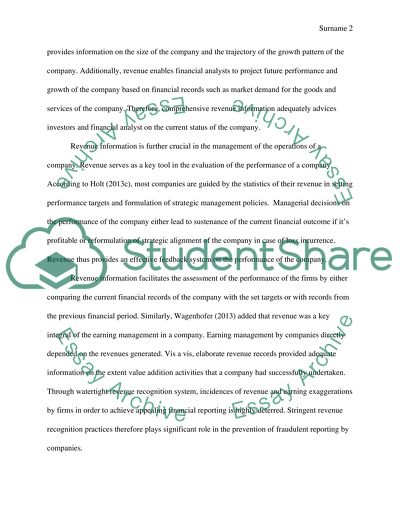Cite this document
(“IFRS 15 Revenue from contracts with Customers Essay”, n.d.)
IFRS 15 Revenue from contracts with Customers Essay. Retrieved from https://studentshare.org/finance-accounting/1665808-ifrs-15-revenue-from-contracts-with-customers
IFRS 15 Revenue from contracts with Customers Essay. Retrieved from https://studentshare.org/finance-accounting/1665808-ifrs-15-revenue-from-contracts-with-customers
(IFRS 15 Revenue from Contracts With Customers Essay)
IFRS 15 Revenue from Contracts With Customers Essay. https://studentshare.org/finance-accounting/1665808-ifrs-15-revenue-from-contracts-with-customers.
IFRS 15 Revenue from Contracts With Customers Essay. https://studentshare.org/finance-accounting/1665808-ifrs-15-revenue-from-contracts-with-customers.
“IFRS 15 Revenue from Contracts With Customers Essay”, n.d. https://studentshare.org/finance-accounting/1665808-ifrs-15-revenue-from-contracts-with-customers.


